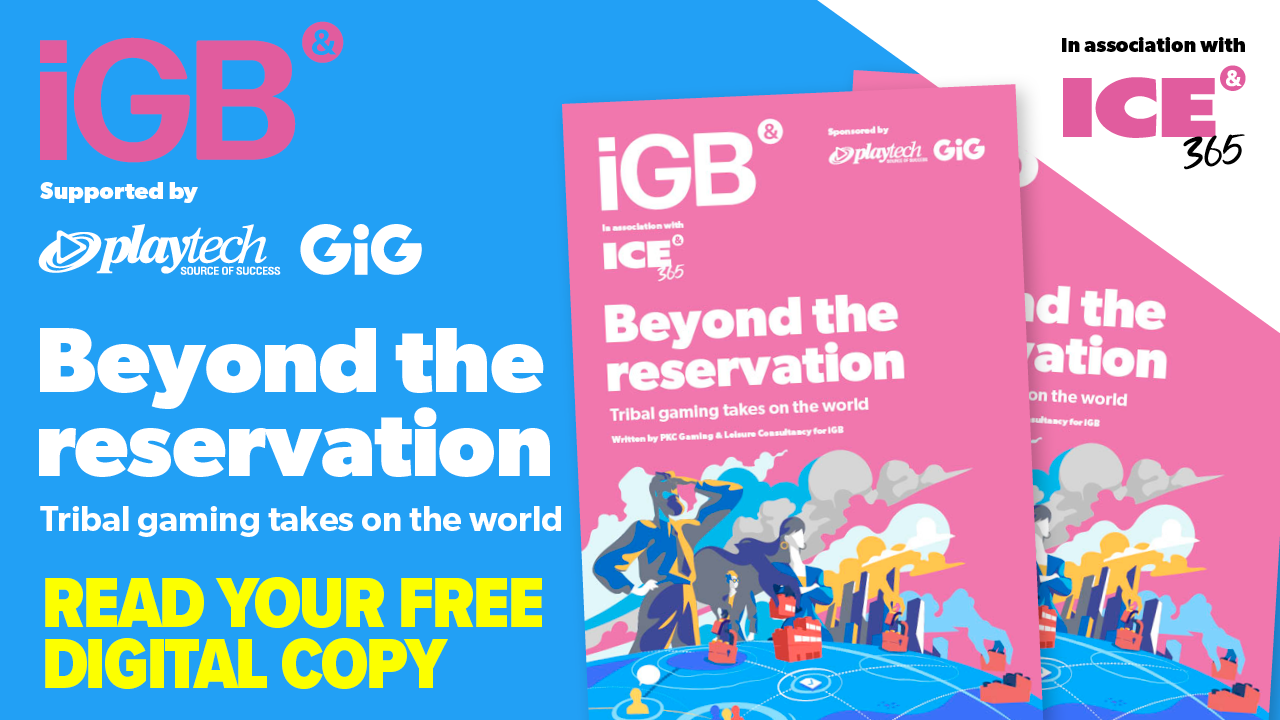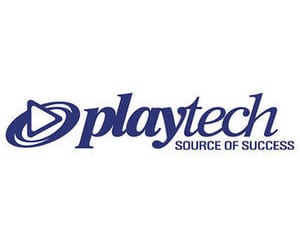Beyond the reservation: Tribal gaming takes on the world

This is an excerpt from the 2022 tribal gaming report, authored by Paul Girvan of PKC Gaming & Leisure Consultancy, and sponsored by Gaming Innovation Group and Playtech. Scroll down to download your free copy.
There are approximately 524 tribal gaming operations in the US, operated by 248 federally recognised tribes across 29 states, a sector which generated close to $35bn (£28.5bn/€33.6bn) in revenue pre-pandemic.
This success story followed the Indian Gaming Regulatory Act of 1988, which codified tribal sovereignty in relation to its gambling operations and provided for tribal-state compacts. These led to the development of tribal casinos on reservations across the country.
Indian gaming has offered tribes the ability to provide services for their members and allowed many to diversify their local economies and provide jobs for tribal members and non-members alike. Some tribes, blessed by their geographic location in more densely populated areas, have been spectacularly successful and have been able to accumulate substantial capital and to develop and attract highly competent gaming management teams. This, coupled with the maturation of on- reservation properties and local markets, provided the prerequisites for these tribes to look beyond their reservations for gaming opportunities.
Consequently, tribes now compete with commercial gaming operations and are subject
to the taxation and regulatory regimes of the commercial ecosystem. That several of these tribes have achieved success in this endeavour should be a surprise to no one.
Tribal gaming presents itself differently than commercial gaming, emphasising the foundational raison d’être (to provide services to members and create economic opportunity), and the universal tribal values of community, culture and welcoming hospitality. Maintaining this focus, and perhaps because of it, tribes have excelled in the competitive commercial gaming sector.
One aspect, unique to tribal gaming, has been the efforts of tribes to reach out and provide assistance to fellow tribes in less fortunate circumstances, often in the form of providing expertise and a financial ‘bridge’ to overcome the systemic and historical discrimination and barriers faced by Native American enterprises – Mohegan Gaming and Entertainment and the Shakopee Mdewakanton Sioux Community being two notable examples.
Today, major tribal gaming operations have flourished and expanded to include prominent international projects and a place in the sun in the iconic gambling mecca of Las Vegas. Tribal casinos are now part of the fabric of gaming globally, achieving strong brand recognition and in some cases arguably exceeding the commercial gambling giants.
The impetus for this broadening of horizons beyond the reservation has been the plateauing of revenue growth and the maturation of tribal gaming properties.
Gone are the days of double- digit growth as tribes have reached the upper limits of their ‘home’ market potential. In some cases, increasing competition from nearby commercial gaming operations and added tribal competitors has led to markets being squeezed and revenue potential reduced.
Faced with this and armed with a surfeit of management talent, capital, confidence and ambition, tribes have looked beyond their reservations.
This has been manifested in projects in five broad categories: Las Vegas, other states, international, nation to nation and online. This report aims to characterise each of the expansion opportunities and provide a best-in-class case study from one of the most successful and expansive tribal operators.

About the author: Paul Girvan is CEO of PKC Gaming & Leisure Consultancy and COO of A GAME ABOVE (agameabove.com), a company that operates across betting, gaming and lottery products, innovating and creating unique campaigns, stories and solutions that give audiences meaningful engagement and experiences to make them loyal customers.


